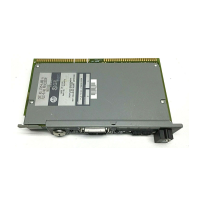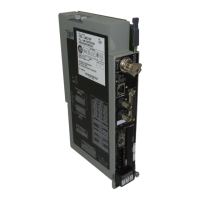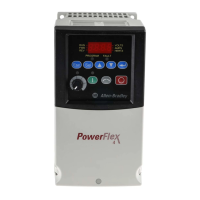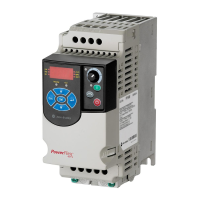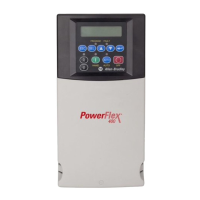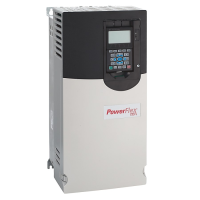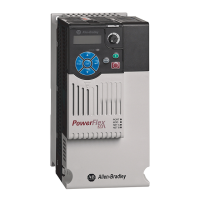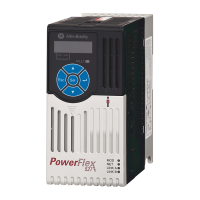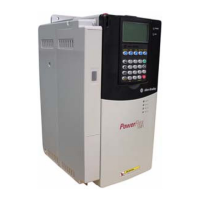Timer and Counter Instructions
Chapter 5
52
The remaining 4 bits in a word (bits 14-17) are not used to form a BCD
number. In the accumulated value word, they are used as status bits. In the
preset value word, they are not used and are available for internal storage
provided data is not transferred to the preset word by a Get/Put transfer.
With .01 sec timers these bits are used for internal timing functions and
cannot be used for storage.
The processor requires time to monitor the status of the I/O image tables
and execute instructions in the users program. Every instruction requires
execution time each scan whether the rungs condition instructions are true
or false unless the instruction is skipped by a Jump instruction.
A timer counts elapsed time-base intervals and stores this count in its
accumulated value word. When timing is complete (when AC = PR), bit 15
is either set on or off depending on the type of timer instruction. For all
timers, bit 17 is set on when rung conditions are true and is set off when
they are false. Both status bits are located in the accumulated value word
(Figure 5.2).
Figure 5.2
Timer
Accumulated V
alue W
ord
17 16 15 14 13 12 11 10 07 06 05 04 03 02 01 00
Most
Significant
Digit
Middle
Digit
Least
Significant
Digit
Goes ON
and
OFF
at
Selected T
ime Base Rate
of 1.0 or 0.1 second.
Accumulated V
alue
in BCD Form
T
imed Bit.
This Bit is set to 1 or 0
When the T
imer has
T
imed Out, that is AC=PR.
Enabled Bit.
This Bit is Set to 1
When T
imer Rung
Conditions are T
rue.
The three types of timers available with the PLC-2/30 processor are:
Timer On-Delay –(TON)–
Timer Off-Delay –(TOF)–
Retentive Timer –(RTO)–
5.1
Timer Instructions
Artisan Technology Group - Quality Instrumentation ... Guaranteed | (888) 88-SOURCE | www.artisantg.com

